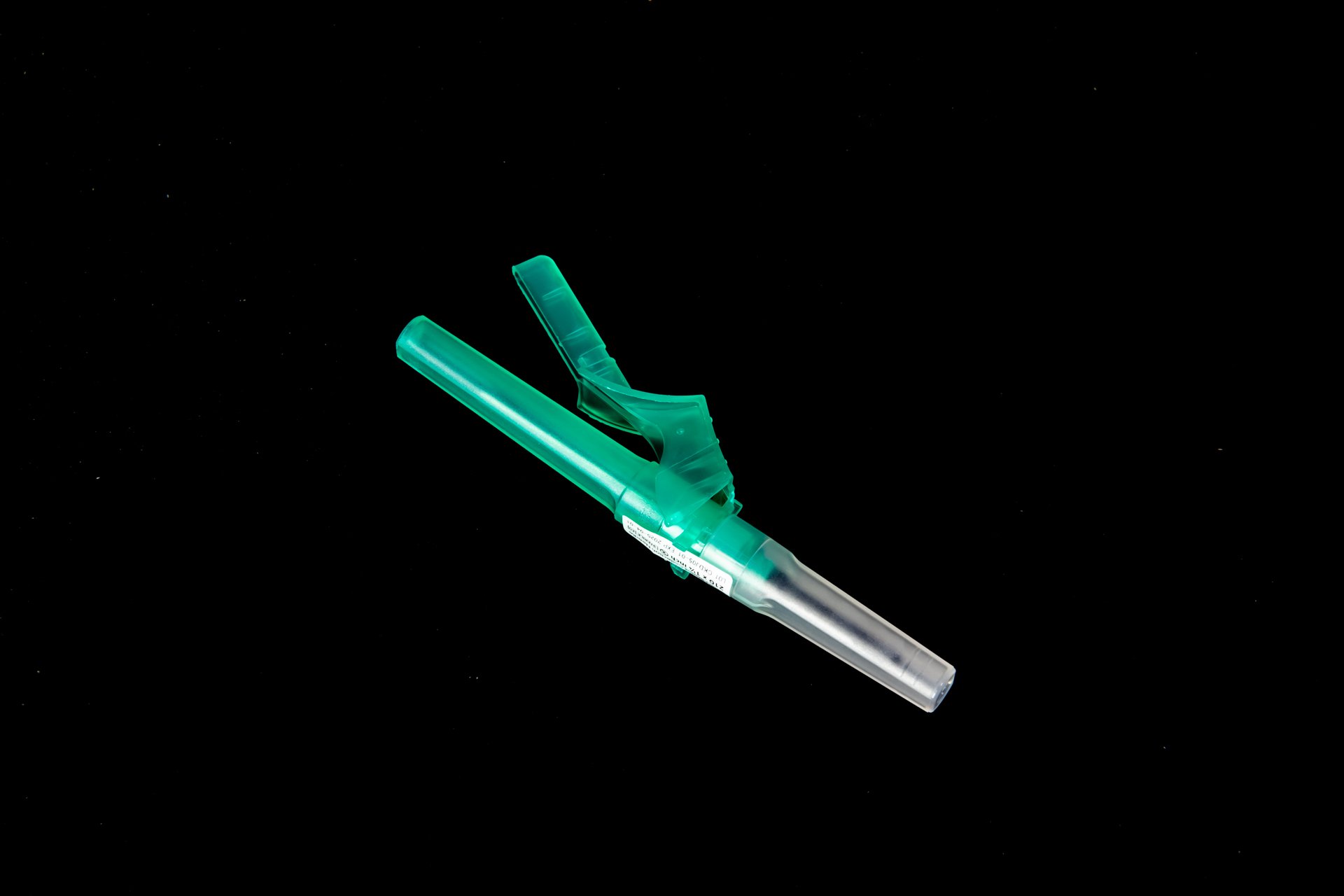New Trends In Mobile Phlebotomy Tools
In recent years, mobile phlebotomy tools have revolutionized the way blood samples are collected and analyzed. These innovative technologies have made it easier and more convenient for healthcare providers to collect samples from patients in a variety of settings. In this article, we will explore some of the new trends in mobile phlebotomy tools and how they are changing the landscape of healthcare.
Overview of Mobile Phlebotomy Tools
Mobile phlebotomy tools are devices that allow healthcare providers to collect blood samples from patients outside of traditional clinical settings. These tools can range from portable blood collection kits to smartphone apps that enable providers to schedule home visits for sample collection. By bringing phlebotomy services directly to patients, these tools help improve access to care, especially for individuals who may have difficulty traveling to a clinic.
Benefits of Mobile Phlebotomy Tools
There are several benefits to using mobile phlebotomy tools, including:
Convenience: Patients can have their blood samples collected in the comfort of their own homes, reducing the need to travel to a clinic.
Improved access to care: Mobile phlebotomy tools make it easier for individuals in remote or underserved areas to receive necessary blood tests and screenings.
Time savings: Healthcare providers can streamline the sample collection process and avoid long wait times for patients.
Enhanced patient experience: By offering convenient and personalized care, mobile phlebotomy tools can help improve patient satisfaction.
New Trends in Mobile Phlebotomy Tools
As technology continues to advance, new trends in mobile phlebotomy tools are emerging. These trends are shaping the future of healthcare and are helping to improve the efficiency and accuracy of blood sample collection. Some of the key trends to watch for include:
Integration with Telehealth Services
One of the most significant trends in mobile phlebotomy tools is the integration with telehealth services. Telehealth allows healthcare providers to conduct virtual consultations with patients, making it easier to assess their medical needs and determine the appropriate blood tests to order. By integrating mobile phlebotomy tools with telehealth platforms, providers can schedule home visits for sample collection and ensure that patients receive timely and accurate test results.
Use of Wearable Devices
Another trend in mobile phlebotomy tools is the use of wearable devices to collect blood samples. These devices, such as smartwatches or health monitoring bands, can collect samples through non-invasive methods, such as sweat or interstitial fluid. By using wearable devices for sample collection, healthcare providers can monitor patients' health in real-time and detect potential issues before they become serious.
Automation and Robotics
Automation and robotics are also shaping the future of mobile phlebotomy tools. Automated blood collection devices can streamline the sample collection process, reducing the risk of human error and improving the accuracy of test results. By using robotics to collect blood samples, healthcare providers can increase efficiency and ensure that samples are collected properly and safely.
Challenges and Considerations
While mobile phlebotomy tools offer many benefits, there are also challenges and considerations to keep in mind. Some of the key challenges include:
Regulatory compliance: Healthcare providers must ensure that they are following all relevant regulations and guidelines when using mobile phlebotomy tools.
Privacy and security concerns: Collecting blood samples outside of a clinical setting raises concerns about patient privacy and data security.
Training and education: Healthcare providers must receive proper training on how to use mobile phlebotomy tools effectively and safely.
Conclusion
In conclusion, mobile phlebotomy tools are transforming the way blood samples are collected and analyzed in healthcare settings. By leveraging new technologies and trends, healthcare providers can improve access to care, enhance patient experience, and streamline the sample collection process. As the field of mobile phlebotomy continues to evolve, we can expect to see even more innovative tools and technologies that will continue to improve healthcare delivery.
Disclaimer: The content provided on this blog is for informational purposes only, reflecting the personal opinions and insights of the author(s) on phlebotomy practices and healthcare. The information provided should not be used for diagnosing or treating a health problem or disease, and those seeking personal medical advice should consult with a licensed physician. Always seek the advice of your doctor or other qualified health provider regarding a medical condition. Never disregard professional medical advice or delay in seeking it because of something you have read on this website. If you think you may have a medical emergency, call 911 or go to the nearest emergency room immediately. No physician-patient relationship is created by this web site or its use. No contributors to this web site make any representations, express or implied, with respect to the information provided herein or to its use. While we strive to share accurate and up-to-date information, we cannot guarantee the completeness, reliability, or accuracy of the content. The blog may also include links to external websites and resources for the convenience of our readers. Please note that linking to other sites does not imply endorsement of their content, practices, or services by us. Readers should use their discretion and judgment while exploring any external links and resources mentioned on this blog.



